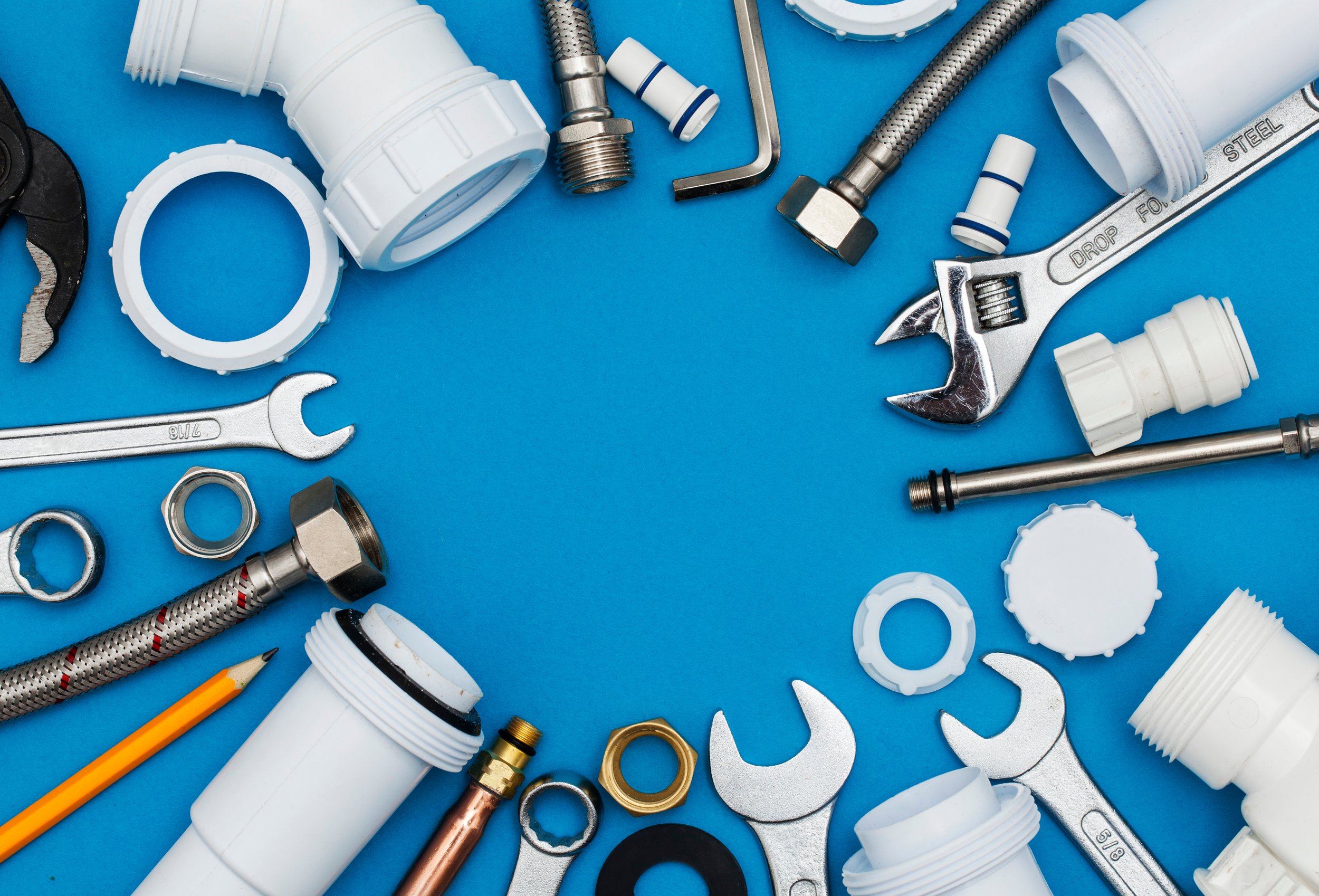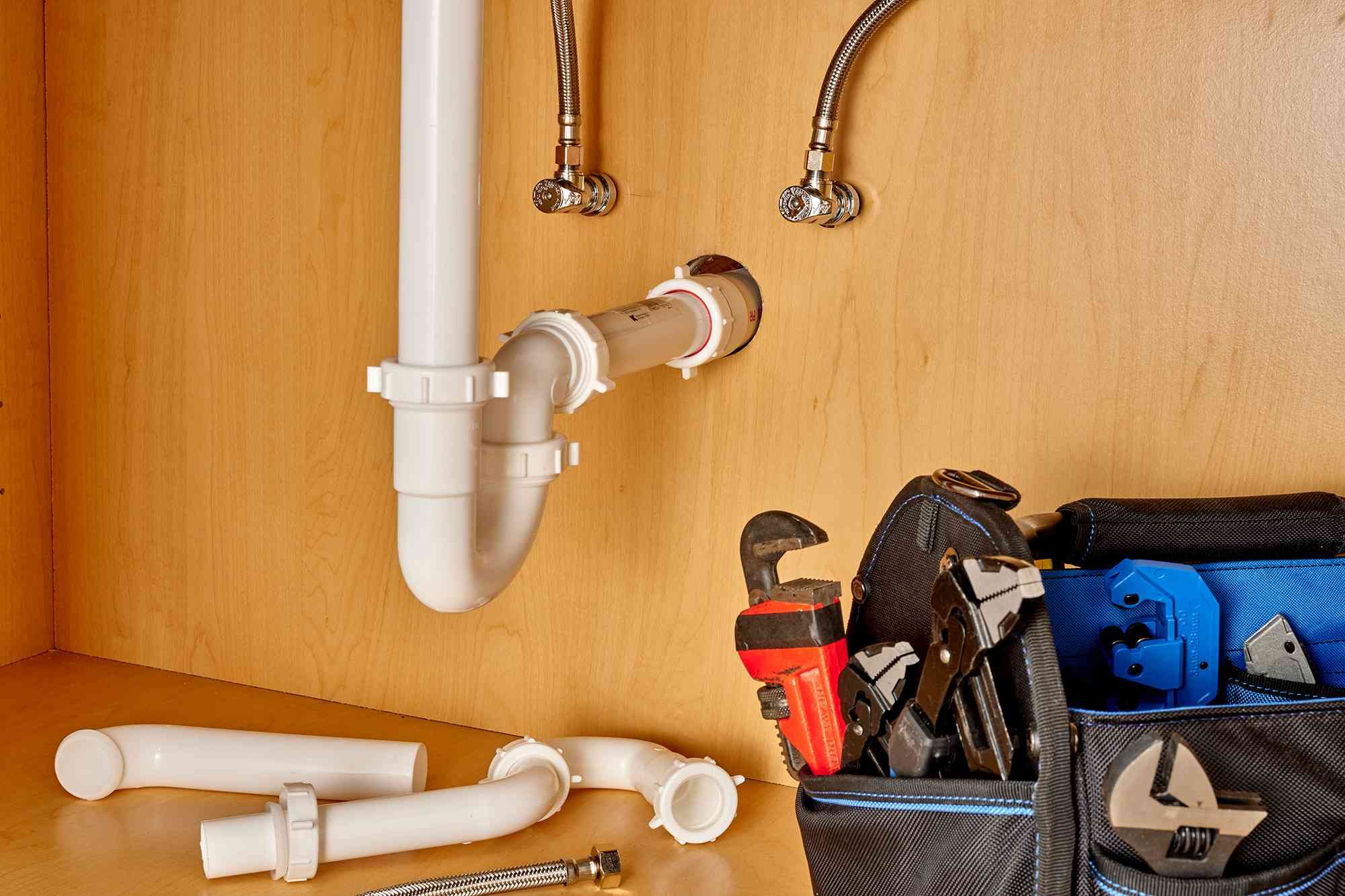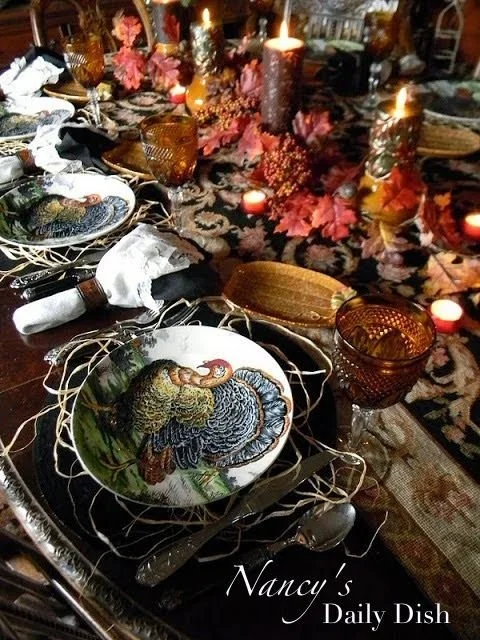A Complete Guide To Holiday Decor Themes & Style
RH Business Marketing Solutions
Decorating for the holidays is a tradition that adds a festive touch to the winter season. While twinkling lights and holiday trees never go out of style, you’ll find that there are a few trends that tend to change from one year to the next. Whether you’re looking to get inspired to change up last year’s look or are ready to decorate your very first home, this guide to holiday decor themes and styles will help you get started on dressing up your space for the season.
What Are the Top Holiday Decor Themes This Season?
Get ready to see some unique themes popping up this season. While some will feel reminiscent of old times, others may seem completely brand new. While the past few years have had people decorating with prints that include candy canes and lollipops, you’ll notice that a few of the newer trends are much more bold. Check out these currently trending themes to see how they’ll fit your decorating goals.
Transport Your Loved Ones to Another World
Galaxy prints might have had their heyday back in 2010, but the current decorating trend adds a fresh twist on this still-beloved theme. This year, you can expect to see shiny gift wrap and baubles with prints that include planets, stars and the moon that add a touch of whimsy to your home’s decor. Whether you’ve got a child in your house that is obsessed with outer space or just want to try something new for a change, you’ll love how you can easily blend the metallic otherworldly nature of this theme with more traditional decorating elements.
Step Back In Time With Retro Decor
If you prefer more color than you’ll get with dark blue hues, then you might want to decorate with a retro theme in mind. For this trend, you’ll want to think back to the ‘50s when shiny metallic shades reigned along with bright, contrasting colors. To create a retro theme, make sure to go big and bold with your decor selection. Gigantic bows, chunky glitter and oversized ornaments will bring this theme together.
Create a Polar Wonderland
Bringing a bit of nature into your home is always a fun way to celebrate the holidays. To create a polar wonderland, select ornaments that reflect a winter scene. You can also add faux fur fabric as a base for the mantel decorations, or toss a wintry throw over an easy chair. Decorating with natural wood and foliage lends a cozy, cottage-like charm to your home for the winter season.
What Decorating Trends Never Go Out of Style?
You’ll also find that incorporating a few traditional pieces in your plans gives the whole space a sense of familiarity that people pick up on when they attend your holiday events. You can choose to use these elements when you’re avoiding being too trendy, or you can work them in to the latest trends.
For instance, everyone loves using large, oversized bows on the outside of buildings during the holiday season. Adding a few outdoor bows along the front porch railing or fencing is an easy way to add a festive touch that improves your home’s curb appeal.
You can also incorporate traditional jewel tones into your decor that look beautiful from year to year. Dark red, blue and green are commonly recognized as holiday colors. To dress them up, add a few metallic hues and some festive lights to show off all of your hard work.
When Should You Start Decorating for the Holidays?
Over the past several years, people have started putting out their holiday decorations earlier than ever before. In the past, most people waited until after Thanksgiving to put up the majority of their seasonal decor. Yet, those holiday lights and trees have started showing up even before the turkey takes center stage on the table. Technically, there is no hard and fast rule regarding when you can decorate for the holiday, so feel free to start as soon as you start to feel the urge.
Does the Holiday Decor You Choose Influence Your Mood?
One of the reasons why people are decorating earlier than ever before is that the decorations have an uplifting effect on your mood. During the holidays, it’s common to feel a bit more stress as you try to get everything done on your to-do list. Adding sparking lights, festive bows and ribbons makes life feel happier, even when those cold winds begin to blow.
Knowing how to decorate for the holidays requires little more than picking a few elements from your favorite theme and incorporating a few traditional pieces. As you decorate this season, consider starting early to give you and your loved ones a chance to get the maximum mood-boosting effects. Then, get ready to enjoy hosting holiday parties, snapping family photos and even sipping on hot cocoa by the fire in a setting that reflects the beauty of the season.


















